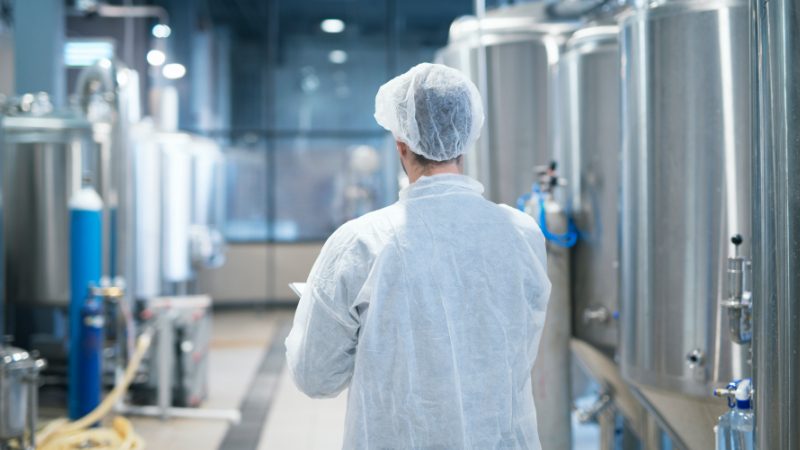Author: Katrin Weinhandl (acib)
The climate crisis is on everyone’s lips! The chemical industry plays an important role in finding more efficient measures for industrial production processes. Most recently, the Ukraine crisis has also caused that quick solutions are urgently needed for independence from fossil resources. In this context, the keyword “green chemistry” quickly comes to our mind.
Green Chemistry for a better tomorrow
The goal of green chemistry is to produce chemical compounds in the most energy-efficient and resource-saving way possible. Products and auxiliary materials should be non-toxic for the environment and for our health. The concept of “green chemistry” is reflected in the UN Sustainable Development Goals (SDGs), specifically in SDG12 “Sustainable consumption and production”. But also some other initiatives like the Strategic Approach to International Chemicals Management (SAICM), non-toxic environment of the 7th EU Environmental program, the zero-pollution approach within Green Deal or the circular economy strategy or the chemicals strategy for sustainability fit into this concept.1
Pros and Cons of Green Chemistry
The benefits are obvious: besides lower energy consumption and a reduced carbon footprint, waste management costs can also be reduced. By bringing production processes into a circular economy, their eco-balance improves and the amount of waste streams decreases. Nevertheless, the quality demands on green chemistry products are enormous: in most cases these substances have to perform at least as good or even better than their conventional counterparts. Development times are long and for the consumer, the use of green chemicals often means higher costs.
Experts discuss emerging biocatalytic approaches
According to experts, a crucial step for more efficient green chemistry might be the combination of several synthesis steps in one pot to form a so-called multi-enzyme cascade. However, the challenge here is that different enzymes often have widely divergent requirements in terms of reaction conditions. The HOTZYMES project aims to remedy this situation: by developing an AMF bioreactor, it will be possible to create individual temperature conditions for enzymes that are coupled to magnetic nanoparticles (MNPs). The potential of MNPs for the use in biocatalysis will be discussed at the HOTZYMES Mini-Symposium in the frame of GÖCH Chemietage on 19th September 2022.
In addition, other stakeholders will report from their green chemistry approaches, such as the development of a glycosylation platform technology on industrial level (CARBAFIN) or the leaf-inspired nanocellulose frameworks for next generation photosynthetic cell factories (FutureLEAF). Also a start-up, Enzyan, which build up an expertise about optimizing cascade reactions, will present their new technologies.
Have a look at the program and register for the event! The HOTZYMES time will be happy to meet you there:
https://www.hotzymes.eu/hotzymes-minisymposium-emerging-technologies-on-biocatalysis/
